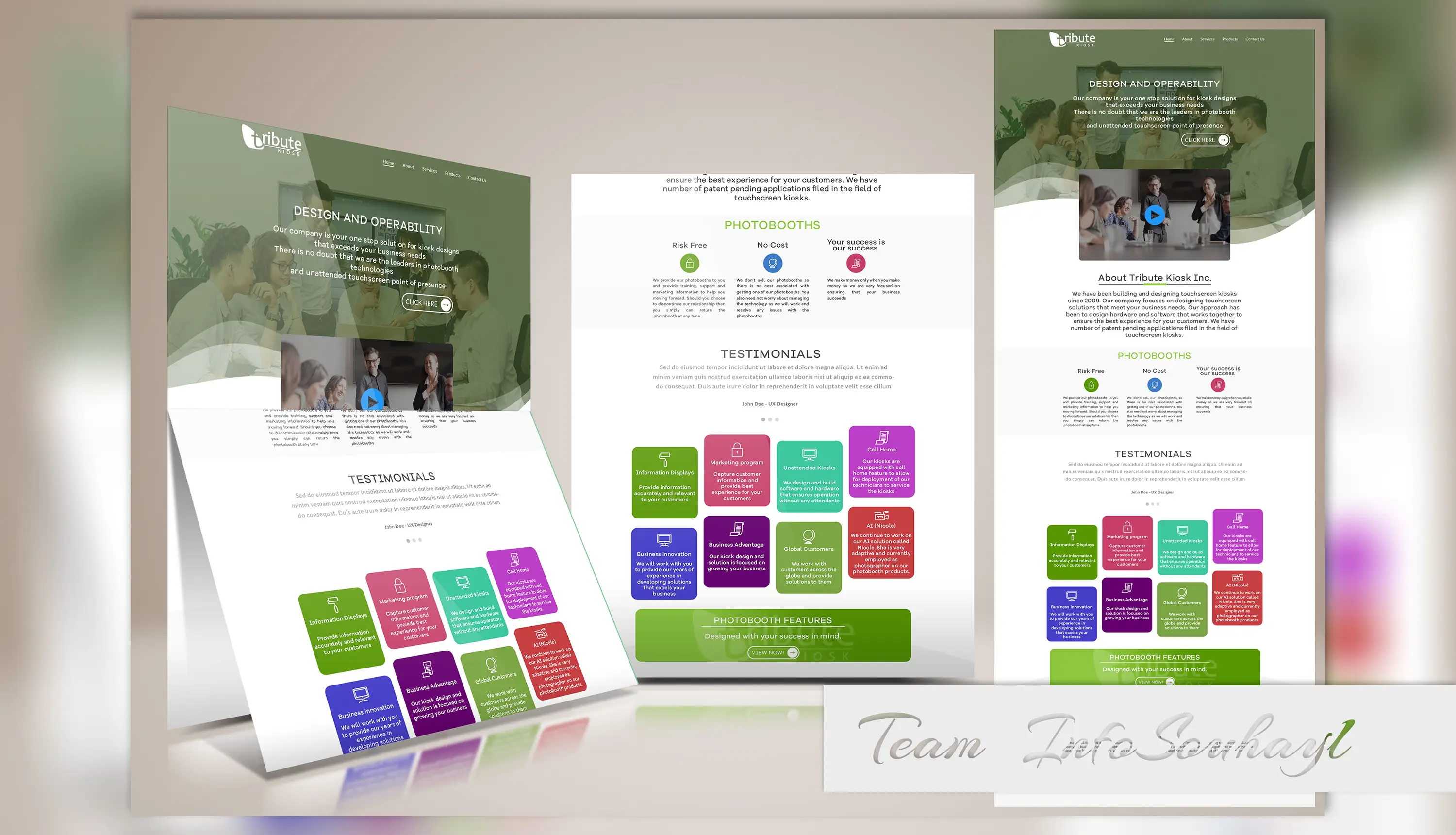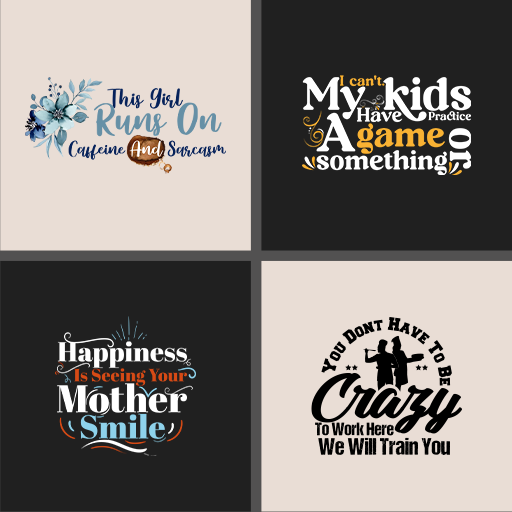Design That Flows. Results That Grow.
Your one-stop creative partner for websites, graphics, branding & more.
What We Do
Comprehensive creative solutions for your business needs
Web Design & Development
Custom, responsive websites that convert visitors into customers. We build SEO-friendly sites that look great on all devices.
Learn MoreGraphic Design & Branding
Eye-catching visuals that tell your brand story. From logos to complete brand identity systems that make you stand out.
Learn MoreMotion Graphics & Animation
Bring your brand to life with engaging animations and motion graphics that capture attention and communicate your message.
Learn MoreLogo Design
Professional, memorable logos that represent your brand's personality and values, designed to work across all platforms.
Learn MoreUI/UX Design
User-centered design that creates intuitive, enjoyable digital experiences for your customers, boosting engagement and conversions.
Learn MoreSEO & Digital Presence
Boost your online visibility with SEO-optimized content and design that helps your business rank higher in search results.
Learn MoreWhy Choose GraphixFlow
We deliver results that speak for themselves
5-Star Rated
Consistently rated 5 stars by our satisfied clients across multiple platforms.
300+ Clients
Trusted by over 300 businesses to deliver exceptional creative solutions.
Fast Delivery
Quick turnaround times without compromising on quality or attention to detail.
Mobile-Optimized
All our designs are fully responsive and optimized for all device sizes.
Client Testimonials
What our clients say about working with us
Our Pricing Plans
Transparent pricing options tailored to your business needs
Starter Flow
Get started with a clean, simple online presence
- 1-page Responsive Website
- Logo Design (1 concept)
- Color palette & font combo
- Mobile-optimized
- WhatsApp contact integration
- Google Business Profile setup
- Delivery in 3–5 days
Ideal For: Freelancers, solo business owners, and side hustlers
Get StartedBusiness Boost
Build a full brand and online presence in under a week
- 4-Page SEO Website
- Logo Design (2 concepts)
- Brand Kit (Colors, Fonts, Moodboard)
- Business Card (Digital)
- Mobile + Speed Optimization
- On-page SEO + Google indexing
- Social Media Banner Kit
- Google Business Profile Setup
- WhatsApp & Email Contact Forms
- 1 Animated Promo Banner
- Delivery in 5–7 days
Ideal For: Small businesses, local shops, service providers, and coaches
Get StartedPremium Launch
Everything you need to launch, market, and grow online
- 6-Page Website
- Logo Design (3 premium concepts)
- Complete Brand Kit
- 2 Business Card Designs
- Brochure / PDF Profile Design
- 2 Animated Motion Graphic Banners
- Custom Video Intro (up to 30 sec)
- On-page SEO + XML Sitemap
- Speed + Mobile Optimization
- Google Business + Meta Profile Setup
- 1 Month Tech Support
- Free Hosting (optional for 12 months)
- Delivery in 7–10 days
Ideal For: Agencies, consultants, ecommerce startups, growing service businesses
Get StartedOptional Add-Ons
| Service | Price |
|---|---|
| Extra Web Pages | $25/page |
| Ecommerce Functionality | $99 |
| Monthly Maintenance Plan | $29/mo |
| Blog Setup (5 starter posts) | $49 |
| Multilingual Website | $89 |
| AI Copywriting (per page) | $15 |
Need a custom solution? Contact us for a personalized quote.

We Create Designs That Flow & Results That Grow
GraphixFlow is a premium creative design and development agency dedicated to helping small businesses establish a powerful online presence. Founded in 2018, we've helped over 300 businesses transform their digital identity with stunning designs that convert visitors into customers.
Our team of experienced designers and developers are passionate about creating beautiful, functional websites and brand identities that help our clients stand out in today's competitive market.
Frequently Asked Questions
Everything you need to know about our services
A freelance graphic designer creates visual content such as logos, brochures, and branding assets for businesses. They work independently to deliver custom design solutions that help businesses communicate effectively with their audience through compelling visuals.
The best website designs for small businesses are clean, fast, responsive, and optimized for SEO. They should include clear calls-to-action, mobile-friendly layouts, and content that speaks directly to your target audience's needs while showcasing your products or services effectively.
Website design costs vary based on complexity, features, and business requirements. Basic small business websites typically range from $1,000-$5,000, while more complex e-commerce or custom sites can range from $5,000-$20,000+. At GraphixFlow, we offer flexible pricing packages to accommodate different budgets and needs.
Web designers focus on the visual aspects of a website including layout, color schemes, typography, and user experience. Web developers handle the technical implementation, writing code that makes the website function. At GraphixFlow, we provide both services to deliver fully functional, visually appealing websites.
The timeline for website design typically ranges from 4-12 weeks depending on complexity, content requirements, and client feedback cycles. Simple websites may be completed in 2-4 weeks, while more complex projects with custom functionality can take 8-12 weeks or longer.
A good small business logo should be simple, memorable, versatile, and reflective of your brand's personality. It should work well across different sizes and applications, from business cards to social media profiles, and effectively communicate your brand's values and industry.
Get In Touch
Ready to start your project? Contact us today for a free consultation
Let's create something amazing together
Our Location
Morocco
Phone Number
+212 669 68 90 62
Email Address
Working Hours
Monday - Friday: 9am - 10pm











